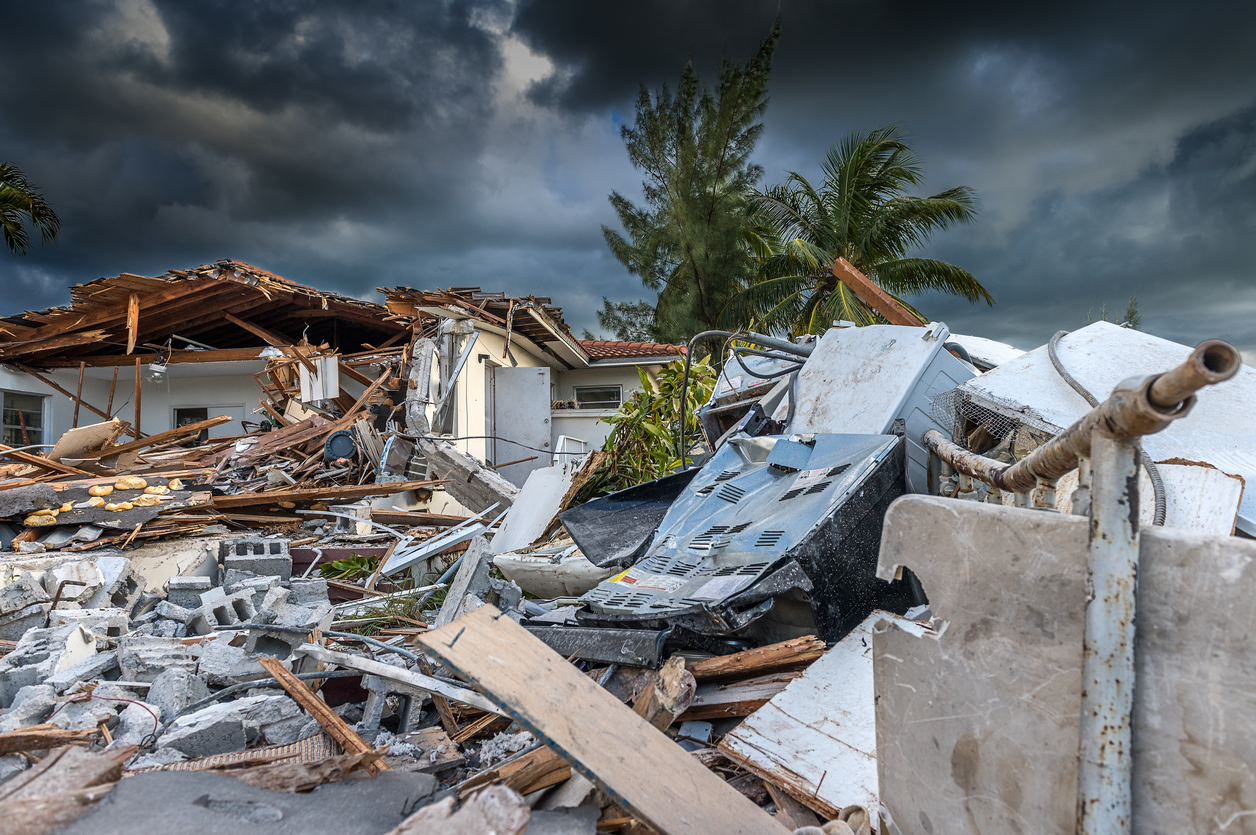Continuing on with last week’s post on late notice claims, this week I want to expand on Shaun’s post from last week about the difference between supplemental and reopen claims. Blurring the distinction between the two is an easy way to confuse the issues that may result in the denial of an otherwise valid claim. That is why it is so important to keep the two separate.
Supplemental Claims
As Shaun pointed out last week, there is no clear definition of what is a “supplemental” claim, and there is no case law in Florida that is directly on point. The dictionary definition of a supplement is an addition. As Shaun explained last week, other states’ case law requires a supplemental claim to be an addition in the type of damage rather than the amount of damage. Those cases are not binding on Florida courts, but if found persuasive by a Florida court, here is an example of what a supplemental claim might look like in a hurricane damage case.
Hurricane A hits Florida in 2005 causing damage to Homeowner B’s house. Homeowner B timely notifies Insurance Company C, which timely inspects the damage. After a thorough inspection, Insurance Company C finds damage to the doors and roof. Insurance Company C then pays Homeowner B the benefits due under the insurance policy to make the necessary repairs to the doors and roof. Homeowner B makes the repairs. In 2009, after several seasons of relatively quiet windstorm activity in Homeowner B’s part of the state, Homeowner B decides to clear out the birds’ nests accumulating in his hurricane shutters. He notices that some of the shutters have been damaged and do not close properly. He contacts a licensed contractor to inspect, who attributes the damage to the last major windstorm to pass through this area, Hurricane A in 2005.
When Homeowner B contacts Insurance Company C about the damage, Insurance Company C is likely to open up a supplemental claim for damage to the windows and shutters that was not previously addressed in the 2005 claim. This supplemental claim for newly discovered damage would now subject to coverage defenses, including failure to provide timely notice.
Reopen Claims
Based on the same persuasive cases outside of Florida from Shaun’s post last week, a reopened claim would look similar, but notice the distinction between the type and amount of loss that are claimed.
Hurricane A hits Florida in 2005 causing damage to Homeowner B’s house. Homeowner B timely notifies Insurance Company C, which timely inspects the damage. After a cursory inspection, Insurance Company C finds damage to the doors and roof. Insurance Company C then pays Homeowner B to replace one door and fifteen tiles on the roof. Homeowner B makes the repairs recommended and paid for by Insurance Company C. In 2009, several years after Hurricane A, Homeowner B goes up into the attic to dig out some old photo albums she hasn’t looked at in years. Homeowner B finds leaks, mold, and rotten roof trusses. Homeowner B contacts a licensed contractor to inspect, who attributes the damage to the last major windstorm to pass through the area, Hurricane A in 2005. The contractor finds that in order to repair the roof properly, it should have been completely replaced rather than repaired with fifteen new tiles.
In this case, a dispute exists about the amount of damage to the roof. This claim for roof damage has already been afforded coverage and partially paid. This type of dispute over the amount of damage makes the case ripe for appraisal. Insurance Company C may classify the reopened claim as a supplemental or “additional” loss because more than the original fifteen tiles are being claimed, but this would be a mischaracterization of the claim. This type of mischaracterization could eventually slip by to result in a denial of the claim that has already been decided was covered.




